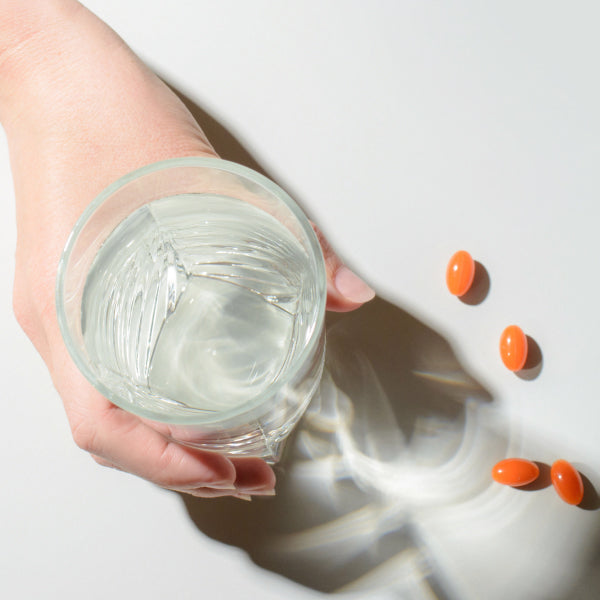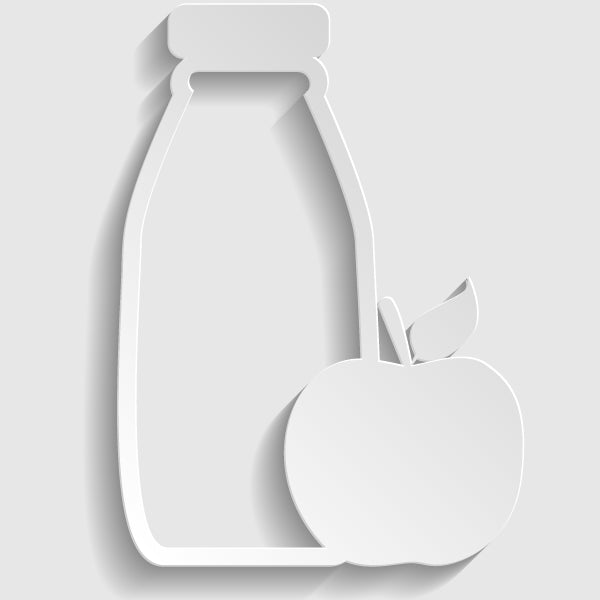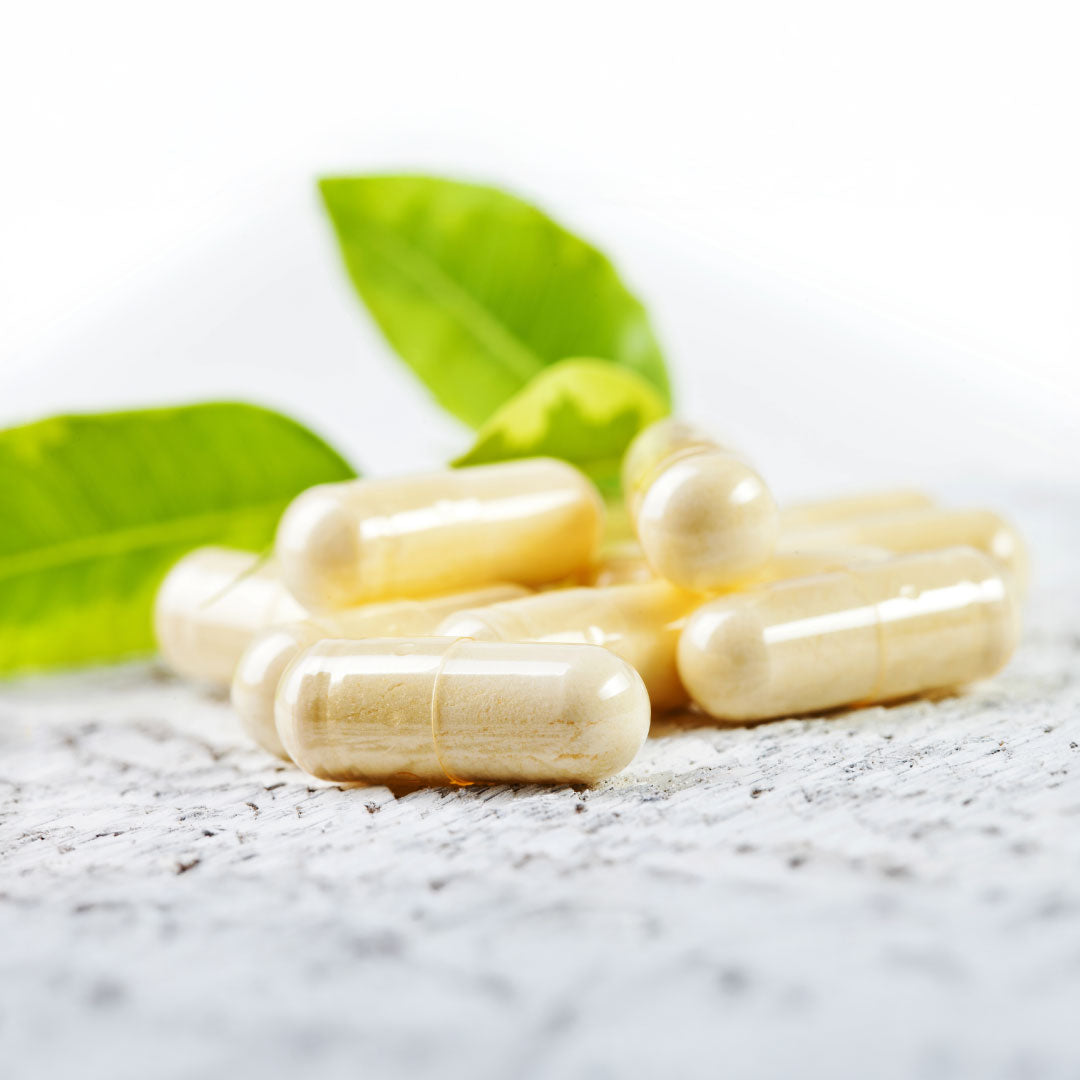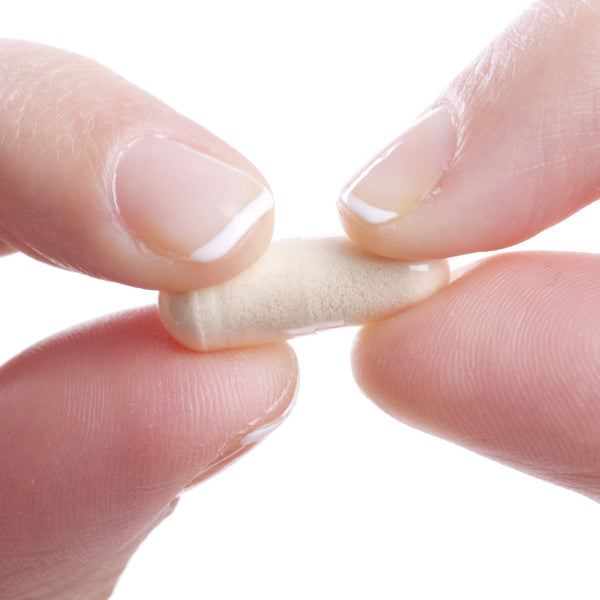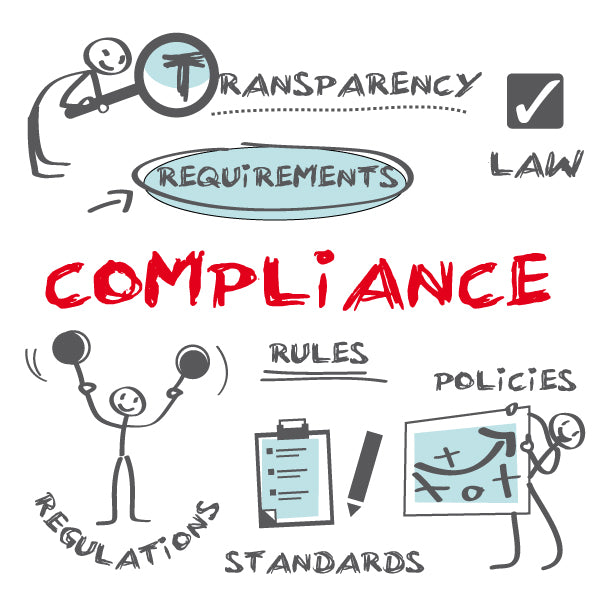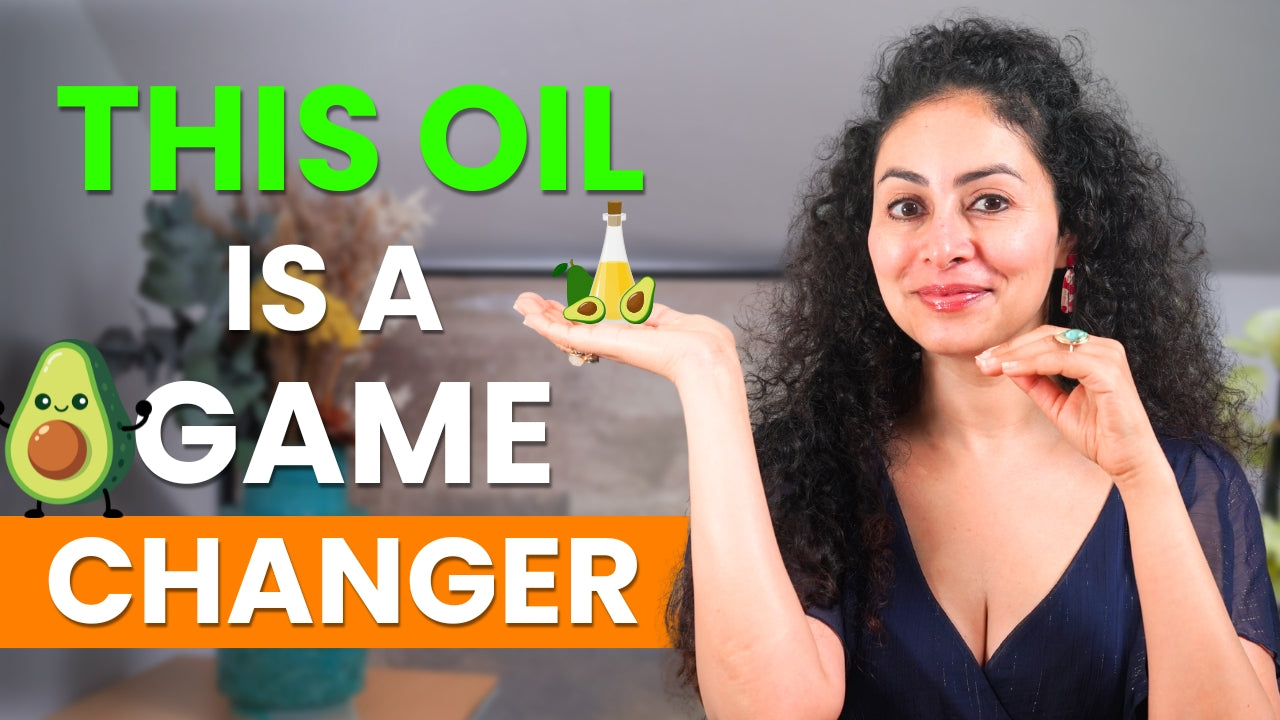Antibiotics are life-saving, but did you know they can also wreak havoc on your gut? While most people focus on fighting infections, very few are advised on how to protect their microbiome during and after antibiotics. In this guide, we’ll break down why probiotics and prebiotics are essential, which foods to eat, and how to keep your gut and overall health, thriving.
Why Your Gut Needs Love During Antibiotics
Imagine your gut as a lush, thriving garden. Antibiotics, while targeting harmful bacteria, are like a chemical bleach that doesn’t discriminate, they kill both the bad and the good bacteria. This disruption can lead to:
-
Fatigue
-
Bloating
-
Diarrhoea or constipation
-
Yeast infections
-
Increased inflammation
-
Weakened immunity
-
Mood swings
Supporting your gut during antibiotic treatment isn’t optional, it’s crucial.
Probiotics vs Prebiotics: What’s the Difference?
Understanding the difference between probiotics and prebiotics is key:
-
Probiotics: Live beneficial bacteria that help repopulate your gut. Look for those tricky Latin names on supplement labels or fermented foods like yogurt and kimchi.
-
Prebiotics: The food that nourishes these good bacteria. Think fibre-rich foods like onions, garlic, leeks, asparagus, and colourful vegetables.
Tip: Using probiotics is like planting seeds, while prebiotics are the water and sunlight helping them grow.
Do You Need Them With Every Antibiotic?
Not all antibiotics are created equal:
-
Broad-spectrum antibiotics (e.g., amoxicillin) wipe out nearly all bacteria.
-
Narrow-spectrum antibiotics are more selective and less disruptive.
Always check with your pharmacist if you’re unsure which type you’re taking. As a rule of thumb, support your gut whenever taking antibiotics, especially if you have a history of digestive issues.
Foods That Help Rebuild Your Gut
You don’t need to rely solely on supplements, many everyday foods are packed with probiotics:
-
Yoghurt: Look for live cultures, full-fat, and sugar-free.
-
Fermented foods: Kimchi, tempeh, and naturally fermented pickles (not vinegar-brined).
-
Fibre-rich prebiotics: Onions, garlic, leeks, asparagus, and colourful vegetables.
Daily goal: Two servings of fermented foods and a variety of vegetables to feed and grow your gut bacteria.
These foods also help your skin glow, improve nutrient absorption, and even support weight management. Fiber keeps you fuller for longer, which is a bonus during recovery.
Foods to Avoid on Antibiotics
-
Sugar: Feeds harmful bacteria and can worsen gut imbalance.
-
Highly processed foods: Limit them while recovering your microbiome.
Once your antibiotic course is finished and your gut starts to recover, you can gradually reintroduce these foods.
How Long Should You Continue Gut-Friendly Eating?
The recovery timeline depends on:
-
Type and length of the antibiotic course
-
Your symptoms (bloating, bowel habits, digestive issues)
-
Prone to recurrent infections
A general guideline is 2 to 4 weeks after finishing antibiotics, sometimes up to 8 weeks depending on individual factors. Your pharmacist can give the most tailored advice.
Supplements: The Extra Boost
While food is the foundation, supplements can provide convenient support:
-
Apple cider vinegar (unfiltered, with “mother” and biocultures)
-
Probiotic supplements if fermented foods aren’t available or convenient
Remember: Supplements are boosters, not replacements for real, nutrient-dense food.
Final Thoughts
Taking care of your gut during and after antibiotics doesn’t have to be complicated. With simple foods, some planning, and possibly a supplement or two, you can protect your microbiome, boost immunity, and feel your best.
Start small: Incorporate fermented foods, fibre-rich vegetables, and probiotics into your routine now and give your gut the love it deserves.
- Written by Hala Ali, founder of Dietapplements






